September 1, 2025
Scientists are racing to solve a puzzle surrounding the interstellar object 3I/ATLAS: its true mass and size. While telescopes have captured its bright glow and hazy tail, the rocky nucleus at its core remains hidden behind a shroud of dust and gas. This uncertainty makes it difficult to determine whether the object is a massive solid body or simply a loosely bound cloud of particles.
The Mystery of Its Mass
Initial estimates suggest that if 3I/ATLAS were entirely solid, its diameter could be up to 46 kilometers. However, it might be far smaller if most of the brightness comes from dust and gas reflecting sunlight. Pinning down its exact size is vital, as it will reveal more about the origins and composition of objects wandering into our solar system from deep space.
Using Physics to Measure
One approach scientists are exploring involves applying the “rocket equation.” As gas escapes from the object at high speeds, it produces a tiny recoil effect that can alter the object’s trajectory. If the nucleus is relatively small—perhaps less than a kilometer across—this non-gravitational push could be detectable. If it’s larger, however, the effect would be too weak to measure.
Gravitational Clues from Mars and Spacecraft
Later this year, 3I/ATLAS will make a close approach to Mars. In theory, its gravity could leave a slight tug on the planet, but calculations show the effect would be far too small to observe with current technology. A more promising opportunity lies in the future: NASA’s Juno spacecraft, currently orbiting Jupiter, could potentially adjust its path to fly close enough to sense 3I/ATLAS’s gravitational pull directly. Such a maneuver could provide the most accurate measurement yet of the object’s mass.
Why It Matters
Determining the true size and weight of 3I/ATLAS is not just a scientific curiosity. If it turns out to be a large, rocky body, it could reshape our understanding of how many big interstellar visitors pass through our solar system. If it’s smaller, it still offers invaluable clues about the building blocks of other planetary systems.
This interstellar traveler presents one of the most exciting mysteries of the year—and answering it may require bold new strategies in space exploration.

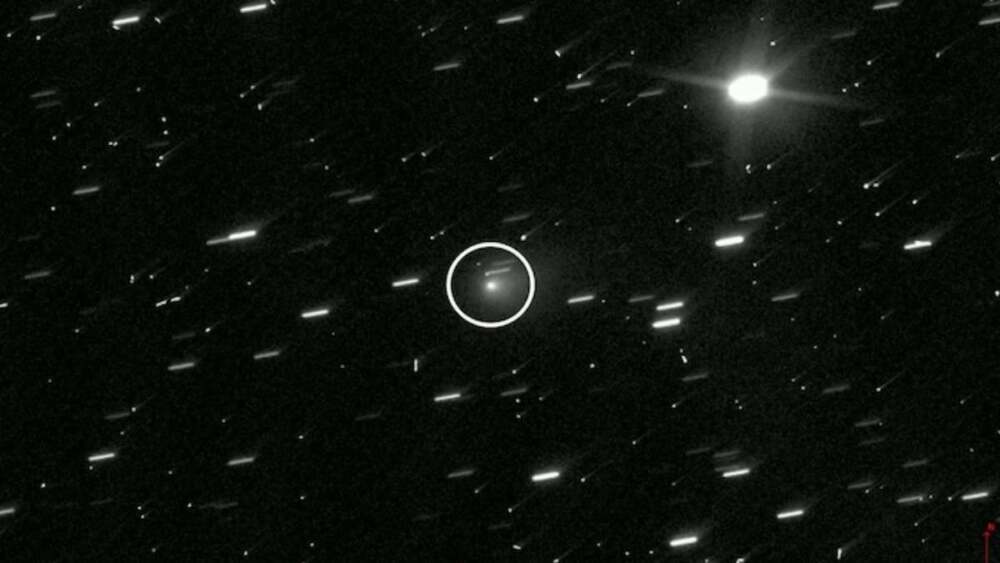




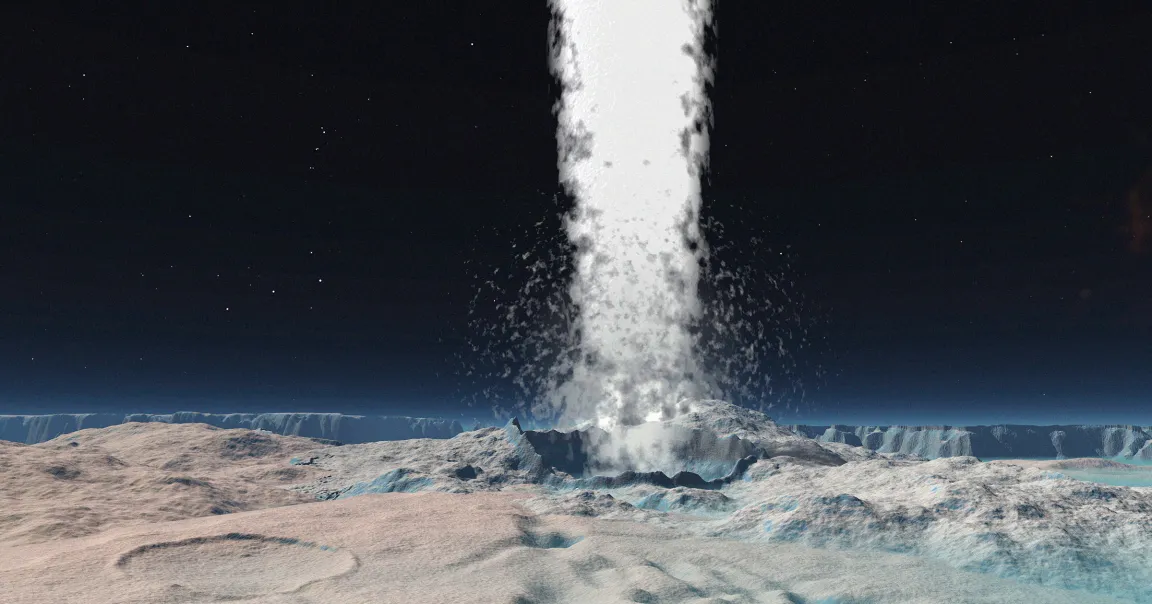

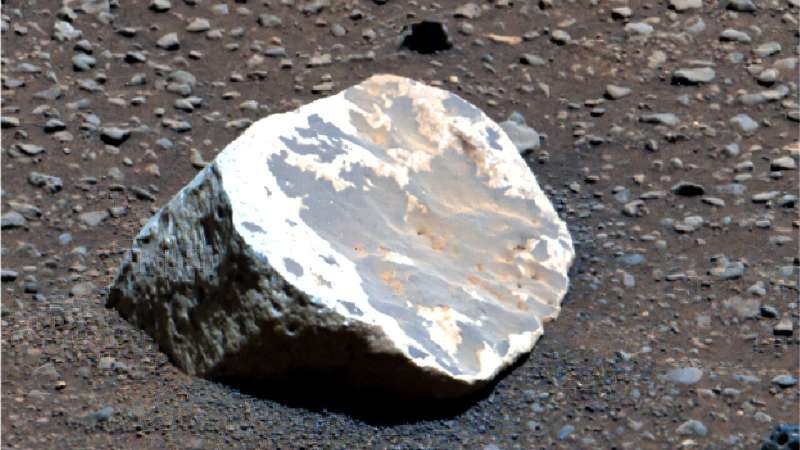
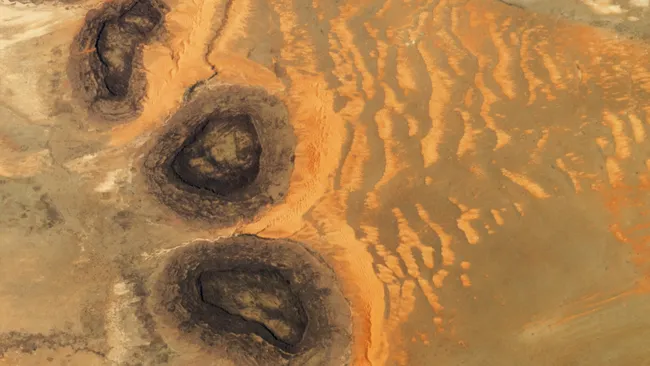

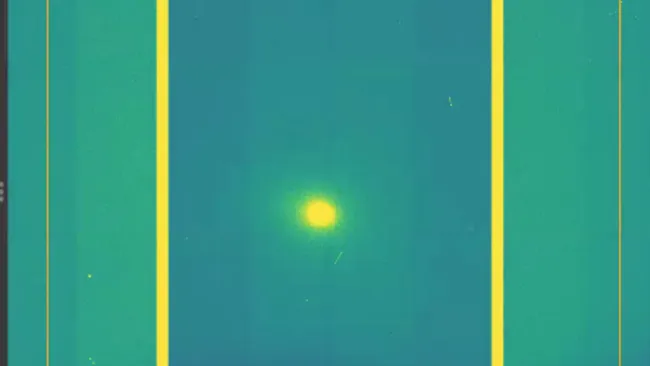




Leave a Reply